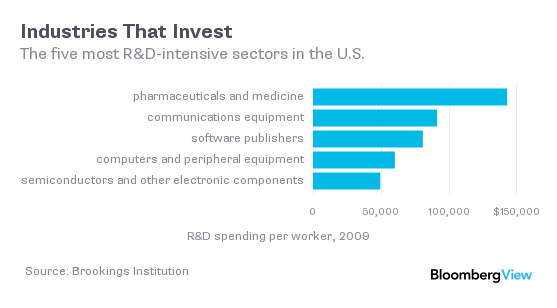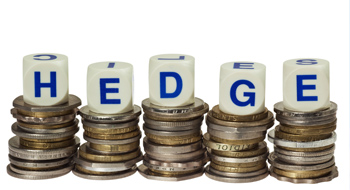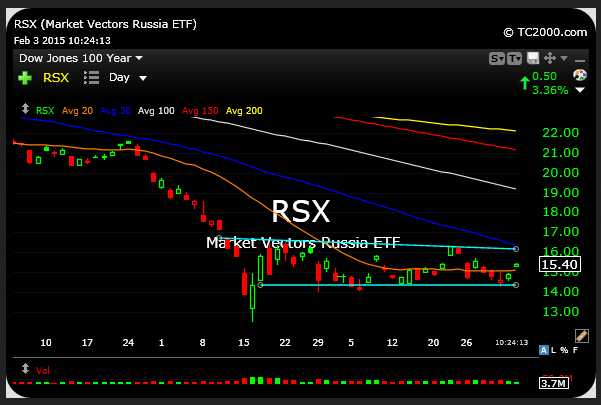MarketMuse update courtesy of Yahoo Finance from ETF Trends.
Earlier in the week, MarketMuse profiled cyber security ETFs recent boost and today, Brokerdealer.com profiled how J.P. Morgan’s war on cyber security is costing bankers’ jobs, so it only seemed fitting that MarketMuse combine to two subjects for today’s MarketMuse post. Since the threat of cyber security doesn’t seem to be going away anytime soon, J.P. Morgan is spending more money on cyber security protection and less money investors’ salaries resulting in the lowest banker hiring rate in recent years and growing cyber security ETFs.
In what has become an almost daily affair in recent weeks, the PureFunds ISE Cyber Security ETF (HACK) is hitting record highs again Thursday and doing so on strong volume.
HACK, the first exchange traded fund dedicated to the cyber security industry, is up 1% today on volume that is already 36% above the daily average. As has been the case with HACK over its brief trading history (the ETF debuted in November), the catalysts for Thursday upside are easy to identify.
Namely, a Bloomberg article detailing J.P. Morgan Chase’s (JPM) commitment to bolstering its cyber security through increased spending and hiring of former military members. The bank was victimized by a cyber security breach in June 2014.
Given HACK’s penchant for responding favorably to such news items (see the controversy surrounding “The Interview” and the ETF’s reaction to the recent Anthem Blue Cross hack), it is not a stretch to say that if HACK was around in June, it would have soared in the days following news of the J.P. Morgan hack. [Anthem Hack Lifts Cyber Security ETF]
HACK did not exist in June 2014, but J.P. Morgan is having a favorable impact on the ETF. In October 2014, J.P. Morgan Chase (JPM) CEO Jamie Dimon said the banking giant will likely double its cyber security spending to $500 million within the next five years.
Important to HACK, Dimon is making good on that promise. J.P. Morgan’s security operation has 1,000 staffers, double the size of the comparable unit at Google (GOOG), according to Bloomberg. Add to that, J.P. Morgan is far from the only major financial services that is expected to increase cyber security spending in the coming years.
Citigroup’s (NYSE: C) cyber security budget jumped to $300 million at the end of last year while Wells Fargo (WFC) spends roughly $250 million a year on cybersecurity and has increased staffing in the area by 50%, according to the Wall Street Journal.
Increased cyber security spending by financial services firms is seen as a boon for companies such as FireEye (FEYE), Palo Alto Networks (PANW) and Japan’s Trend Micro. All three are members of HACK’s portfolio with FIreEye and Palo Alto Networks combining for 9.7% of the ETF’s weight.
Earlier this week, HACK surged after Russia’s Kaspersky Lab, a major cyber security firm, said a group of hackers have stolen as much as $1 billion from over 100 banks in 30 countries since late 2013.
Investors are buying into the thesis that increased cyber security spending bodes well for HACK’s longer-term potential. The ETF that the fund is now home to $231 million in assets under management, confirming HACK’s place on the list of most successful ETFs to debut in 2014. Impressively, HACK’s ascent to $231 million in AUM means the ETF has more than doubled in size over the past six weeks after topping $100 million in assets in early January. The ETF debuted in November.
For the original article, click here.





















